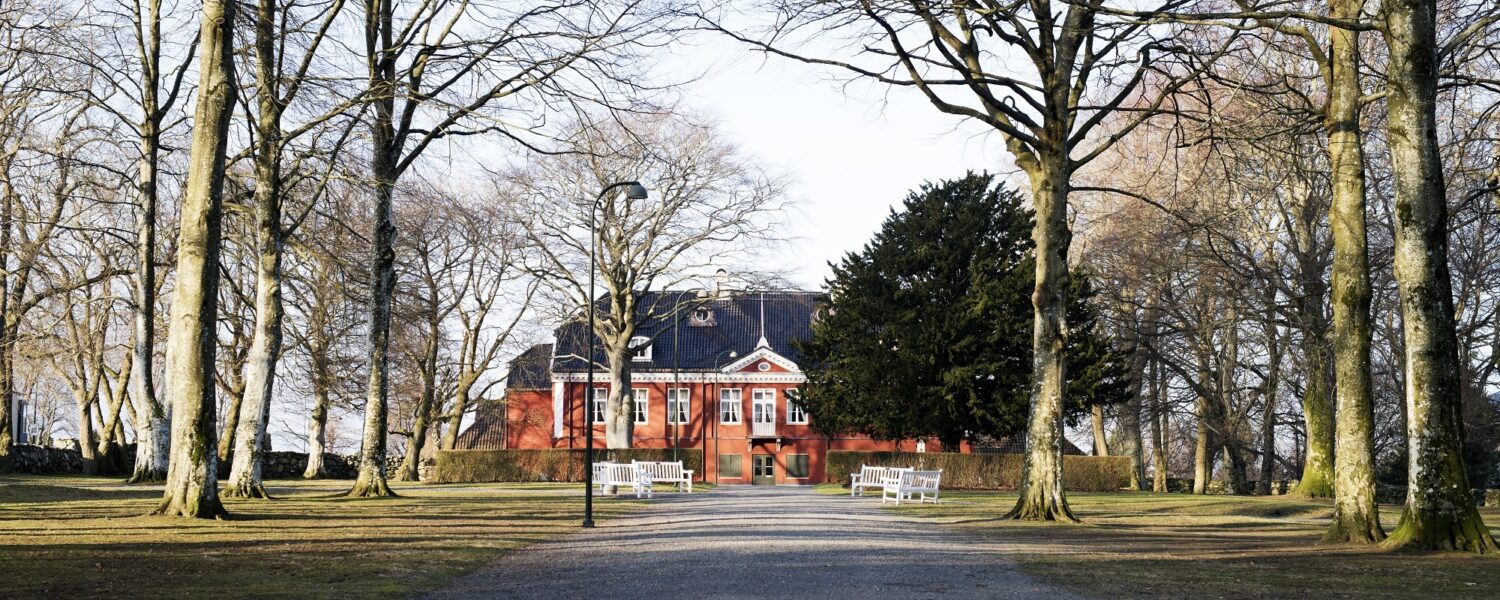The park
Before Ledaal was built, this area was known as Egenesmarken. Livestock grazed in the large open fields, and the area was also used to assemble the city’s militia. When the summer residence was completed in 1803, a garden in French Baroque style was laid out. It had straight lines, a dominant central axis, strong symmetry and was surrounded by a high and thick stone wall.
The park area has undergone several changes over the years. In the 1860s, when Ledaal became the year-round residence of Lieutenant Commander Jacob Kielland and his family, the original formal and pure lines of the Baroque garden were transformed into a so-called English landscape garden, in accordance with contemporary fashion. The ‘natural’ romantic ideal then in vogue entailed that the long allée with a view towards the hill Vålandshaugen was removed. The straight paths were replaced with winding ones, and evergreen flowering bushes and trees were planted. The landscape architect Poul Holst Poulsson, who designed many of Stavanger’s parks and gardens, was also responsible for this transformation of Ledaal’s parkland.
In 1917, the Kielland family gave the entire park to the city of Stavanger. Not far from the stately gateway lies the family grave, which was moved in 1938 to its present location from the old graveyard at Olavskleivå.
After Stavanger Museum assumed responsibility for Ledaal, the park was restored largely to its original French design, but the beautiful old trees were retained. This was in the 1940s, at the same time as the house and its interior were being restored to how they looked around 1850. The park is now a heritage-listed site.
Stavanger Municipality has developed a historical trail, in translation called ‘The Historic Gardens at Eiganes’. Following this trail, you walk through the gardens of Ledaal, Breidablikk, Holmeegenes and Munkehagen and gain glimpses of Stavanger’s garden history.
